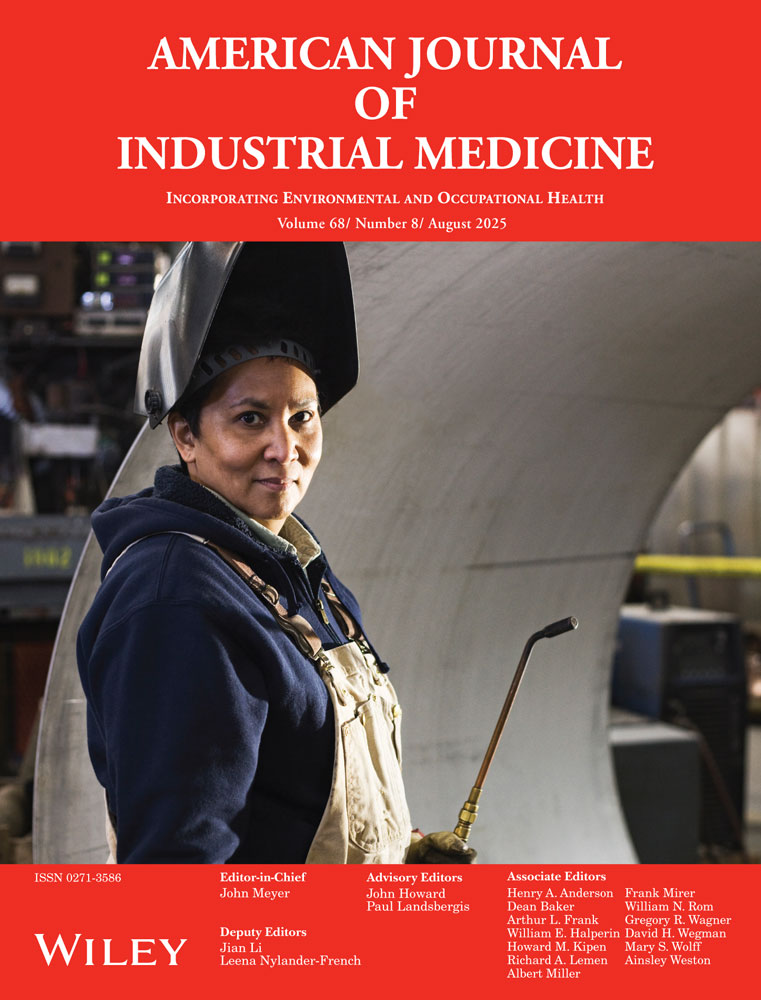Healthcare and the long haul: Long distance truck drivers—a medically underserved population
Abstract
Background
Long distance trucking is associated with significant health risks. However, to our knowledge no published data exist regarding healthcare service access by the estimated two million long-haul truckers in the United States.
Methods
A cross-sectional study was designed to assess access to healthcare among these workers. Five hundred-twenty-one anonymous self-administered surveys were completed at 16 truck stops in 14 states from July through August 2002.
Results
Forty-seven percent of those surveyed lack a regular healthcare provider, 20% frequent emergency rooms and urgent care centers, 32% were unable to receive needed healthcare within the last year, and 56% had difficulty utilizing healthcare services at home. Individuals lacking health insurance (31%) experienced more difficulty with healthcare access than the insured within the last year, were more often without a regular provider (P = 0.002 and P < 0.001), and utilized urgent care centers and emergency rooms more often than the insured (25 vs. 17%).
Conclusions
Long distance truck drivers are at risk for poor health outcomes and experience significant difficulty accessing healthcare services. Further studies concerning how to best provide healthcare to this vulnerable, underserved population are needed. Am. J. Ind. Med. 46:463–471, 2004. © 2004 Wiley-Liss, Inc.




